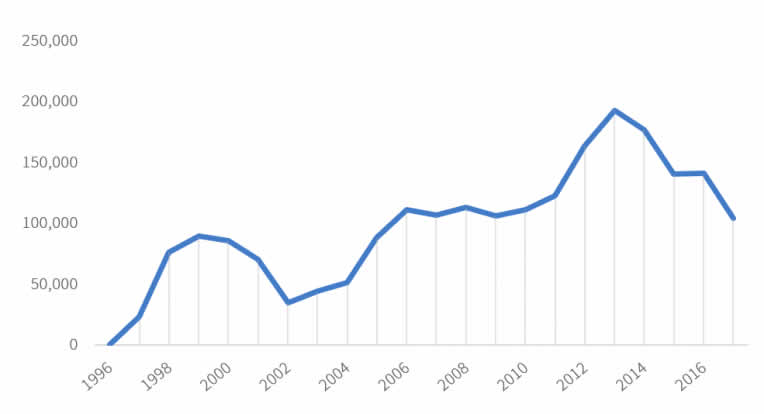The Centers for Disease Control and Prevention announced on Friday that it will be terminating the Title 42 border policy. The U.S. government has used this policy to turn away asylum seekers and migrants over 1.7 million times since March 2020. The policy will end on May 23 to give the U.S. Department of Homeland Security (DHS) time to implement the termination. After May 23, individuals approaching the border will be processed normally as they were before Title 42 went into place.
Title 42 refers to an obscure public health law that allowed the government to invoke the COVID-19 pandemic to turn away people seeking refuge in the United States. Ending Title 42 is a critical step in reforming an asylum process that has been decimated over the last six years.
More information https://www.inmigracionyvisas.com/a5411-Biden-Announces-End-to-Title-42-Border-Policy.html











